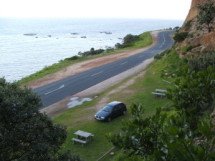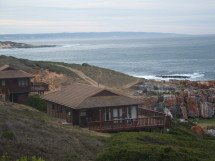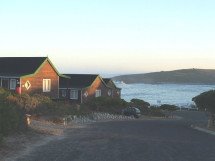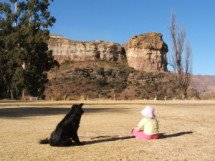 The Pilot A.C. Super Wasp receiver was available in kit form.
The Pilot A.C. Super Wasp receiver was available in kit form.Part Five of the account of the early days of radio in South Africa during the 1920's as told by South African Dxer, Nick Kendall.
The candid account, in Nick's own words, provides an insight into what was involved in being able to listen in during the early pioneering days of radio broadcasting.
The Pilot A.C. Super Wasp Receiver
In or about 1927, while glancing through "Cape Town Calling" (a weekly bulletin that provided program details for the Cape Town broadcasting station), I came across an advertisement for the Pilot AC Super Wasp - an all electric shortwave receiver - Yes!
I had never heard of the Pilot Company before so I phoned Carlton Davies (who was familiar with the set). He operated from his house in Sea Point and I was invited to come out and see him. After our initial meeting, I got to know him very well.
The Super Wasp came out in kit form and when assembled became a four valve set. It was similar to the Reinatz circuit but had the advantage of a tuned RF stage and a separate power pack and speaker. Five pairs of plug-in coils were supplied giving a coverage of 500 to 17700 kilocycles (600 to 16 metres). Tuning was very broad but it did not matter as there were only a few stations on the air. If you used one today you would get at least ten stations all in a jumble.
A few months later the Pilot Company (USA) sent out a table model complete with speaker. Valves improved and special ones took the place of the all purpose ones. Screengrids were used in the RF stages and detectors, power valves in the amplifiers which of course improved the performance of the set tremendously.
A great number of American sets arrived on the market but broadcast band only. The all wave with a wave change switch was introduced much later.
The Crosley Corporation tried to market their bandbox all wave set but it was not a success. As a matter of interest they owned WLW at the time.
I cannot recall any other shortwave all electric sets available during that time and so the Super Wasp reigned supreme.






















No comments:
Post a Comment